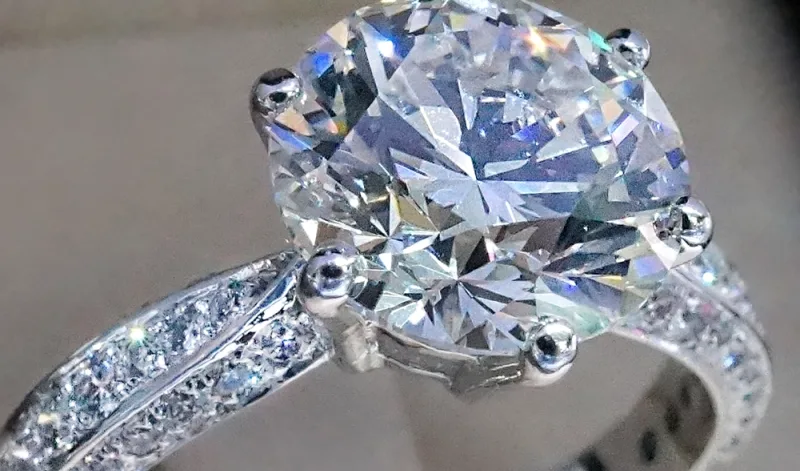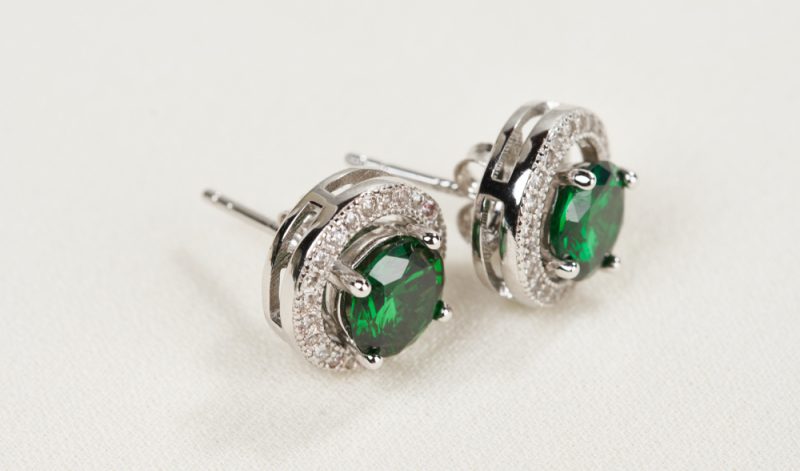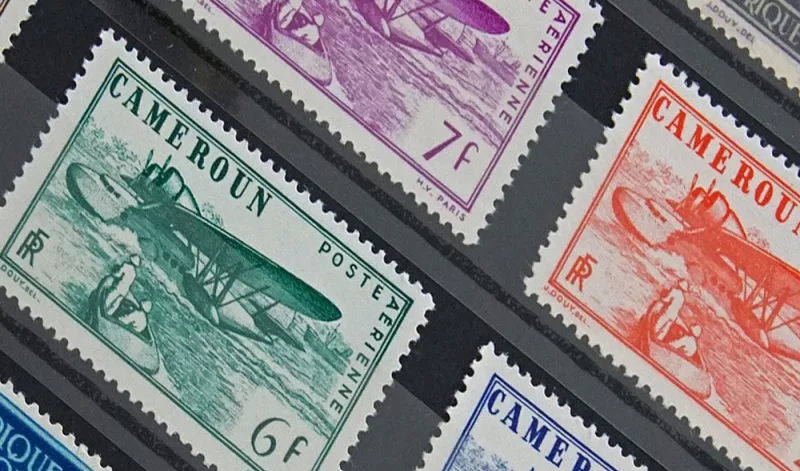Maintaining Your Boiler
The hot water boiler in your home is an essential piece of equipment and thus will need to be maintained to ensure smooth running. As well as preventing possible breakdown and malfunction, maintenance can help prevent more serious problems such as an escape of water that could causes damage to your building or it’s contents and thus lead to a home insurance claim having to be made under your home insurance policy.
It is debatable if the average homeowner, even one skilled in DIY, can,maintain a boiler beyond simple maintenance and keeping an eye on whether it is in efficient working order, certainly as the appliance contains hot water, there is a potential chance of injury and thus the apparatus should be approached with caution. If you suspect that something is wrong, you should contact a professional to inspect the item. Servicing should be carried out by a trained professional on an annual basis. This will make sure that the boiler is kept in tip top condition and will of course help to keep heating bills down. It is a good idea, to have a basic knowledge of the workings of the boiler and this can be obtained by reading DIY books, by knowing the component parts of the boiler and how they work, you may be able to spot potential problems before they lead to something more serious such as breakdown or leakage of water.
The ‘Gauge’ is the most visible way of telling if your boiler is working correctly, keep and eye on the gauge and get in to the habit of checking it on a regular basis. The gauge will measure the pressure, temperature and height of the water in the boiler, but reading the gauge on a regular basis you can be altered to changes in pressure within the boiler. If the pressure is over a certain level, you will be alerted to a potential serious problem and can call an engineer to inspect. If the boiler operates under the wrong pressure for prolonged periods, damage may be caused. A normal boiler will operate between 12 & 15 pounds of pressure.
Radiators in your home should be checked on a regular basis, to make sure they are working efficiently, this can be done quite easily, by touching the radiator at the top and the bottom. A correctly operating radiator will be warm at both the top and the bottom. If the radiator is warm at the bottom and cold at the top, it is possible that air has built up in the radiator that is stopping the warm water circulating properly. This situation can easily be remedied by bleeding the radiator. Most radiators will be fitted with a bleed screw, it’s easy to find, it is usually located at the end of the radiator towards the top. You will need a small metal key to bled the radiator, these are often mislaid but can easily be replaced at a DIY store. Bleed screws often become damaged as they are made from soft metal, if this is the case, you can use an adjustable spanner.
Before attempting to bled the system, make sure it is turned off, trying to bled a radiator whilst the heating is on, may even lead to more air being introduced in to the system. Make sure that both valves at the bottom of the radiator areopen. If you have a header tank, ensure that the water supply is not isolated to this tank. Before starting, place some kitchen roll or a towel on the floor to catch any dripping water. Insert the bled screw in to the radiator and give it a clockwise turn. You should hear a hissing noise, which is the air escaping from the radiator. As soon as water starts to drop out, immediately tighten the screw and move on to the next radiator. After bleeding, particularly if you have a Combi boiler, you may have to top it up with water. Referring to the manufactures operating book should give you instructions as to how to do this. Before restarting your heating system, make sure all bled screws are tight.
For a Home Insurance Quote contact Assetsure. We are able to offer insurance for a wide range of Uk property types including nonstandard construction.




























